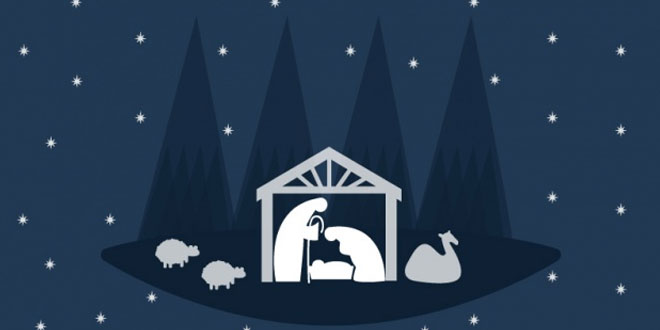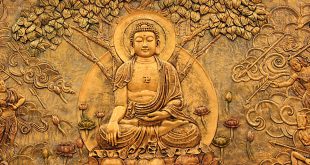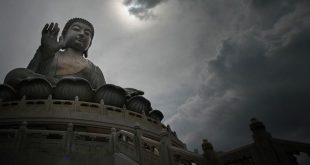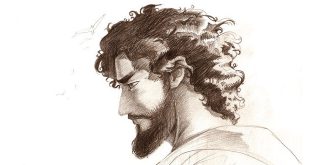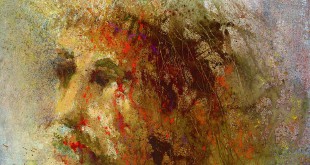A carol is a festive song, generally religious but not necessarily connected with church worship, and often with a dance or a popular character. The verb caroling (or “to carol”) also refers to the singing of carols.
Today the carol is represented almost exclusively by the Christmas carol, the Advent carol, and to a much lesser extent by the Easter carol; however, despite their present association with religion, this has not always been the case.
He Came All So Still: Old Christmas Carol
He came all so still
Where his mother was,
As dew in April
That falleth on the grass.
He came all so till
To his mother’s bower,
As dew in April
That falleth on the flower.
He came all so still
Where his mother lay,
As dew in April
That falleth on the spray.
Mother and maiden
Was never none but she;
Well may such a lady
God’s mother be.
~ ‘He Came All So Still’ poem by Anonymous
History:
The word carol is derived from the Old French word carole, a circle dance accompanied by singers (in turn derived from the Latin choraula). Carols were very popular as dance songs from the 1150s to the 1350s, after which their use expanded as processional songs sung during festivals, while others were written to accompany religious mystery plays.
Sacred music was traditionally sung in Latin by clergy or appointed cantors of the Catholic church. Following the Protestant Reformation, reformers aimed to bring music “back to the people”. To enable the common person to sing church music, great efforts were made to translate musical texts from Latin into the native languages that people spoke. Composers such as William Byrd composed motet-like works for Christmas that they termed carols; and folk-carols continued to be sung in rural areas. Nonetheless, some famous carols were written in this period, and they were more strongly revived from the nineteenth century and began to be written and adapted by eminent composers.
 Kids Portal For Parents India Kids Network
Kids Portal For Parents India Kids Network
